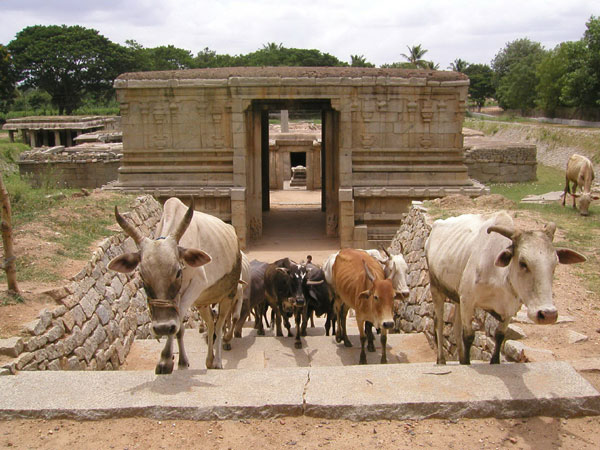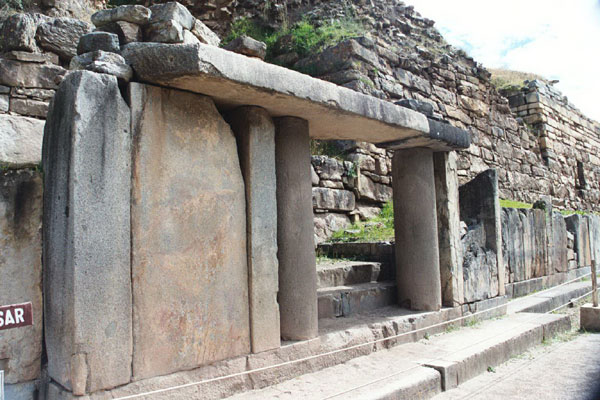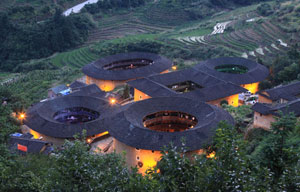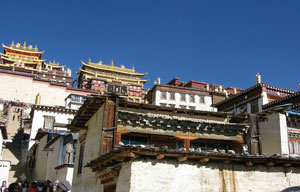Hidden gems of history
Gobekli Tepe, Turkey
In southeastern Turkey, not too far from the city of Urfa, sit several giant carved stones, arranged in circular fashion. The formation may sound familiar, but the stones that make up Gobekli Tepe are more than 10,000 years old, predating Stonehenge by several millenniums. Moreover, these stones, which sit atop a hill that was rounded to accommodate them, retain reliefs of menacing animals like scorpions, snakes and wild boars. At least one archaeologist believes that the pillars are remnants of the world's oldest temple, but, whatever their provenance, they are impressive for having withstood the elements for thousands of years.
 |
|
Hampi, a UNESCO World Heritage site, is home to 500 temples and monuments clustered together in an old village in South India. PHOTOS BY NEW YORK TIMES |
Hampi, India
While India's Golden Triangle (New Delhi, Agra and Jaipur) is a travel must for first-time visitors to the country, there are quite a few gems in South India that deserve note too. One of them is Hampi, the last capital of the Vijayanagara Empire, which is a UNESCO World Heritage site. This jewel box of a city, settled in the 14th century in what is currently the province of Karnataka, contains about 500 ancient temples and monuments clustered together in an old village. Standouts include two temples, the stone chariot and the Lotus Palace.
 |
|
Structures at Chavin de Huantar, about 240 km north of Lima, Peru. |
Chavin de Huantar, Peru
If you cannot bear to commune in the sacred plaza on Machu Picchu with dozens of strangers, consider Chavin de Huantar. About 240 km north of Lima at an elevation of more than 3,000 meters in the Andes, it was a religious and commercial center for the Chavin, one of the oldest major cultures in Peru before the Incas, dating from 1500 BC to 400 BC. There are fewer soaring structures at this UNESCO World Heritage site than at Machu Picchu, but there are remarkably intact stone carvings depicting fantastic figures. And the architectural intricacy of the space — which contains two temples, subterranean canals and plazas surrounded by stone platforms — suggests a powerful, influential society, one that archaeologists believe was nonviolent.
NEW YORK TIMES
















